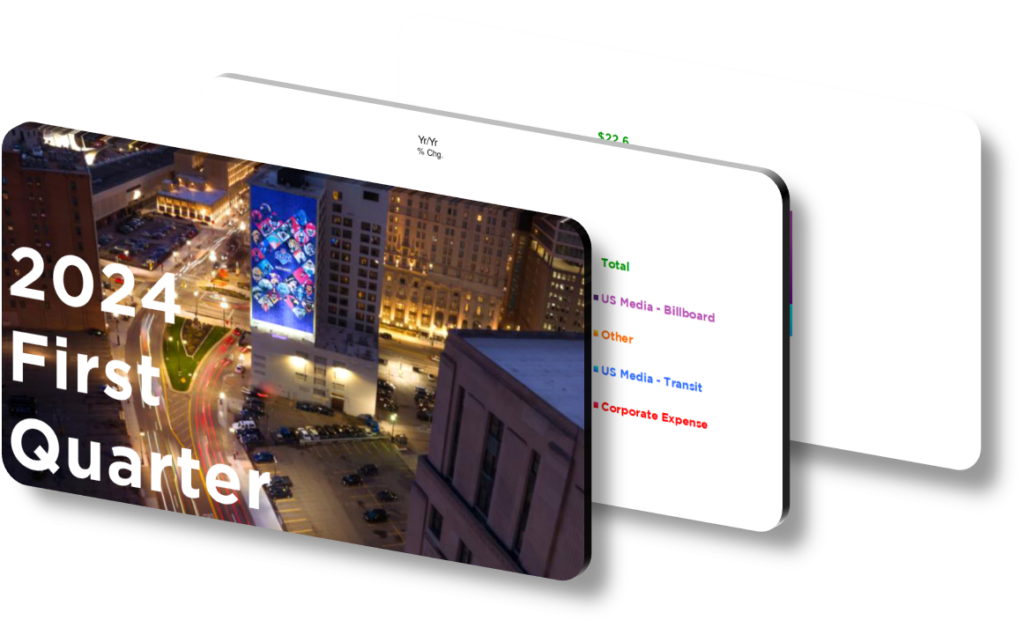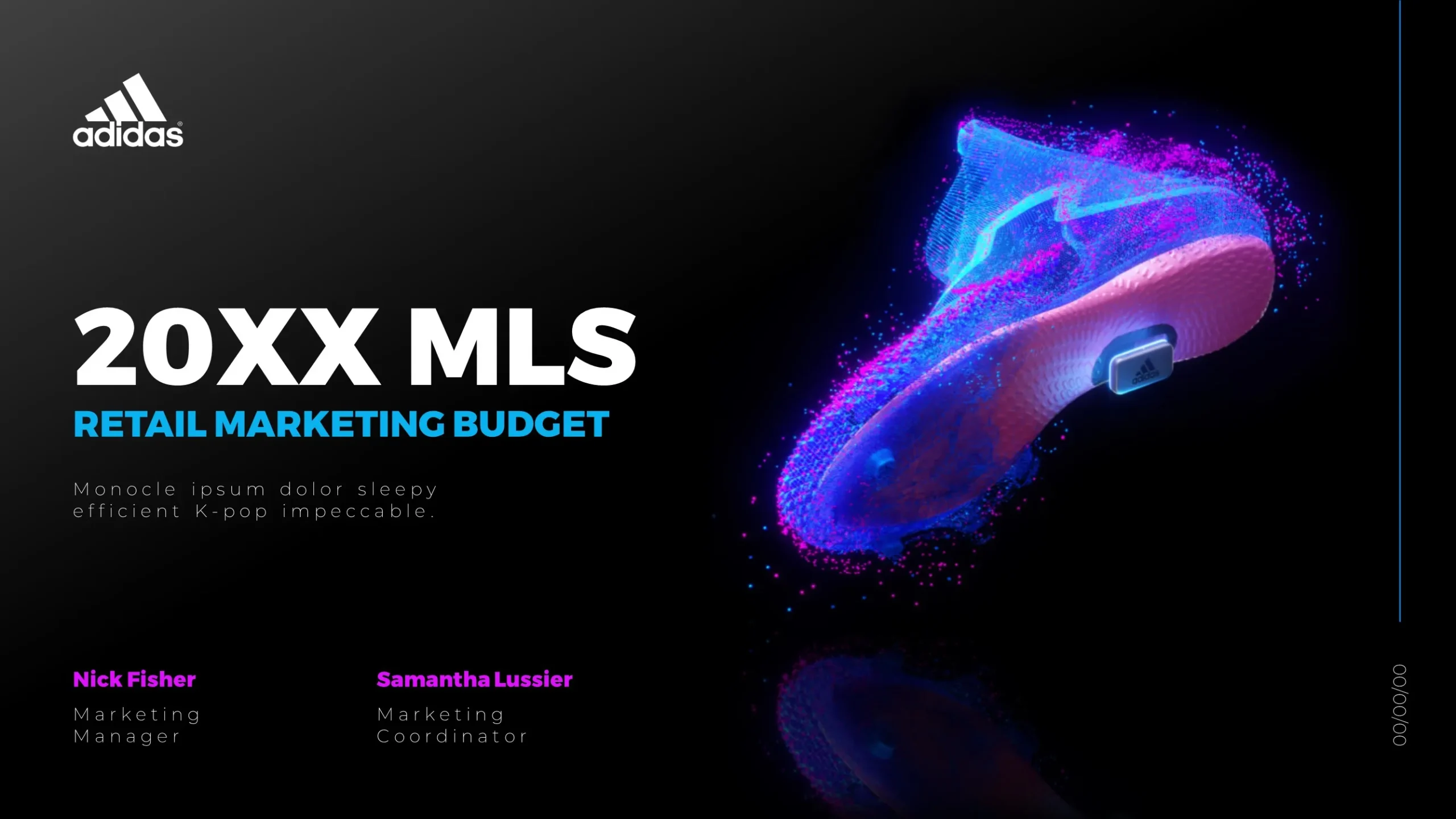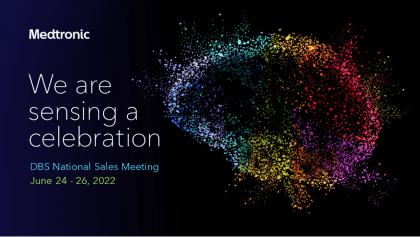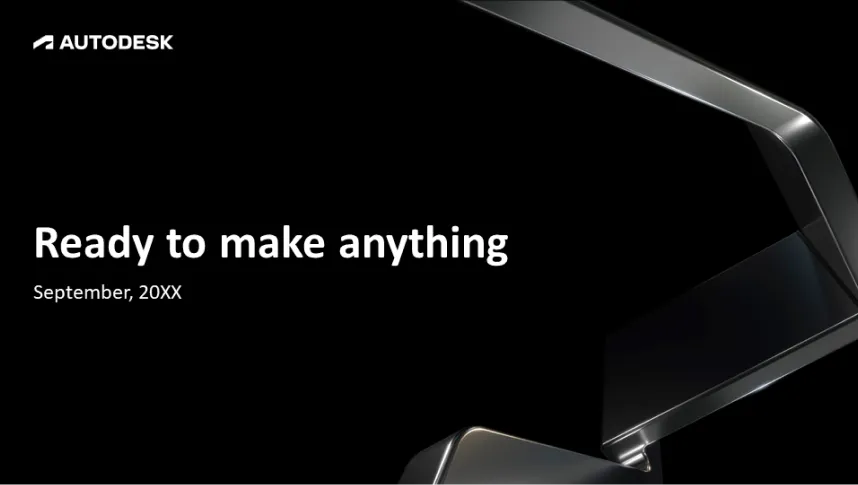

The recent presentation by the company provided a comprehensive overview of forward-looking statements and non-GAAP financial measures, offering a detailed perspective for stakeholders. This presentation not only clearly communicated complex financial concepts but did so with a design and structure that facilitated understanding and engagement. Here’s an in-depth look at how these elements contributed to the presentation’s success.
Effective Design and Structure
The design of the presentation played a crucial role in ensuring that the information was accessible and impactful. The slides were visually appealing, with a consistent color scheme that directed focus to key points without overwhelming the viewer. The structure was logical and progressive, beginning with an introduction to forward-looking statements, followed by a detailed exploration of non-GAAP financial measures.
Each section was clearly delineated, allowing the audience to easily follow the flow of information. Bullet points were used judiciously to break down complex information into digestible parts, enhancing clarity and retention. This careful structuring ensured that the audience could grasp the core message without being sidetracked by extraneous details.
Visuals and Messaging
The use of visuals was another standout element of the presentation. Graphs and charts illustrated the company’s financial metrics, providing a visual representation that complemented the verbal content. This dual approach of visuals and concise text allowed the audience to engage with the material on multiple levels, reinforcing the message.
The messaging was clear and consistent throughout the presentation. Emphasizing terms such as “believes” and “expects” effectively highlighted the speculative nature of forward-looking statements, while transparently acknowledging the inherent risks and uncertainties. This honesty in messaging built trust with the audience, demonstrating the company’s commitment to transparency.
Core Content and Insights
At the heart of the presentation were the forward-looking statements and non-GAAP financial measures, both of which are essential for providing stakeholders with a realistic view of the company’s future outlook and current performance.
- Forward-Looking Statements: These statements, although speculative, are crucial for setting expectations and guiding investor decisions. By clearly identifying potential risks such as economic conditions, competition, and regulatory changes, the company equipped its audience with a balanced view of future challenges and opportunities.
- Non-GAAP Financial Measures: Metrics like Adjusted OIBDA, FFO, and AFFO were highlighted to offer insights beyond traditional GAAP figures. These measures help in understanding operational performance by excluding irregularities that could obscure trends, thus providing a more accurate picture of the company’s financial health.
Overall, the presentation succeeded in delivering a clear and impactful message. By leveraging a well-thought-out design, structured content, and effective visuals, the company effectively communicated its financial strategy and performance metrics. This approach not only clarified the company’s current position but also aligned its communication with industry standards, facilitating better comparisons with peers.
In conclusion, the presentation exemplified how strategic design and communication can enhance understanding and engagement, ultimately supporting the company’s objectives to inform and reassure its stakeholders.









